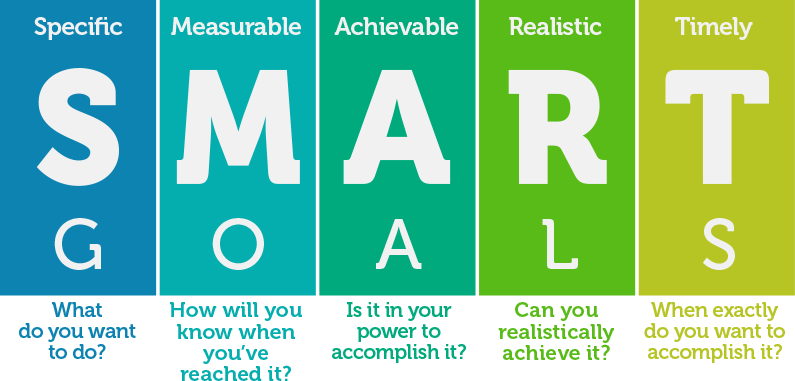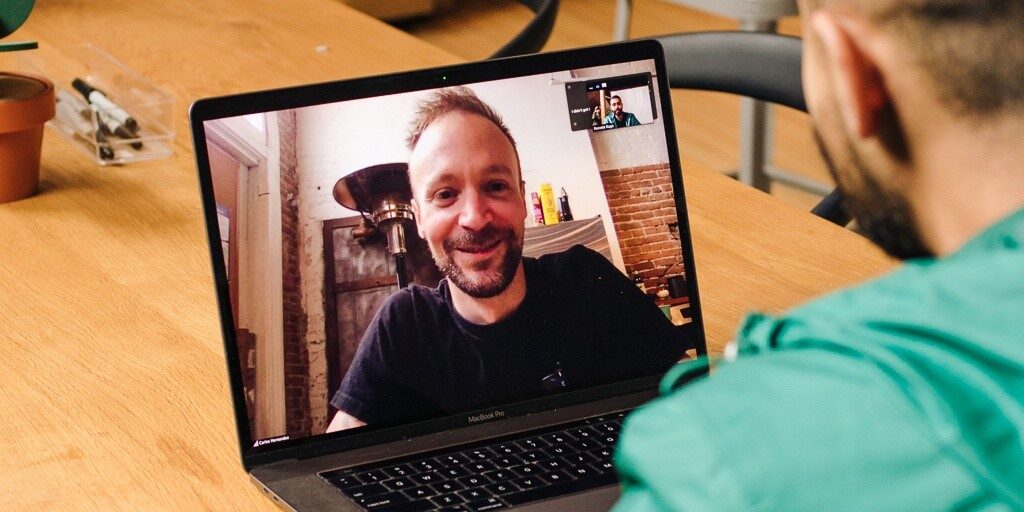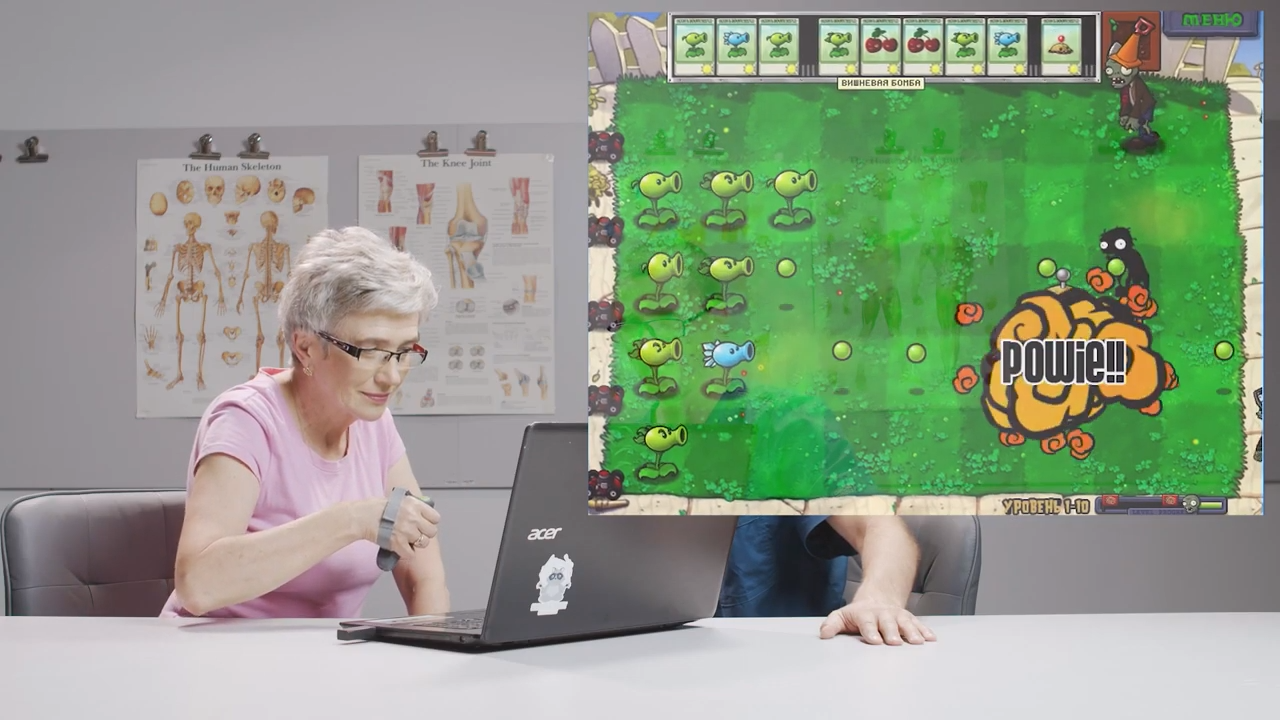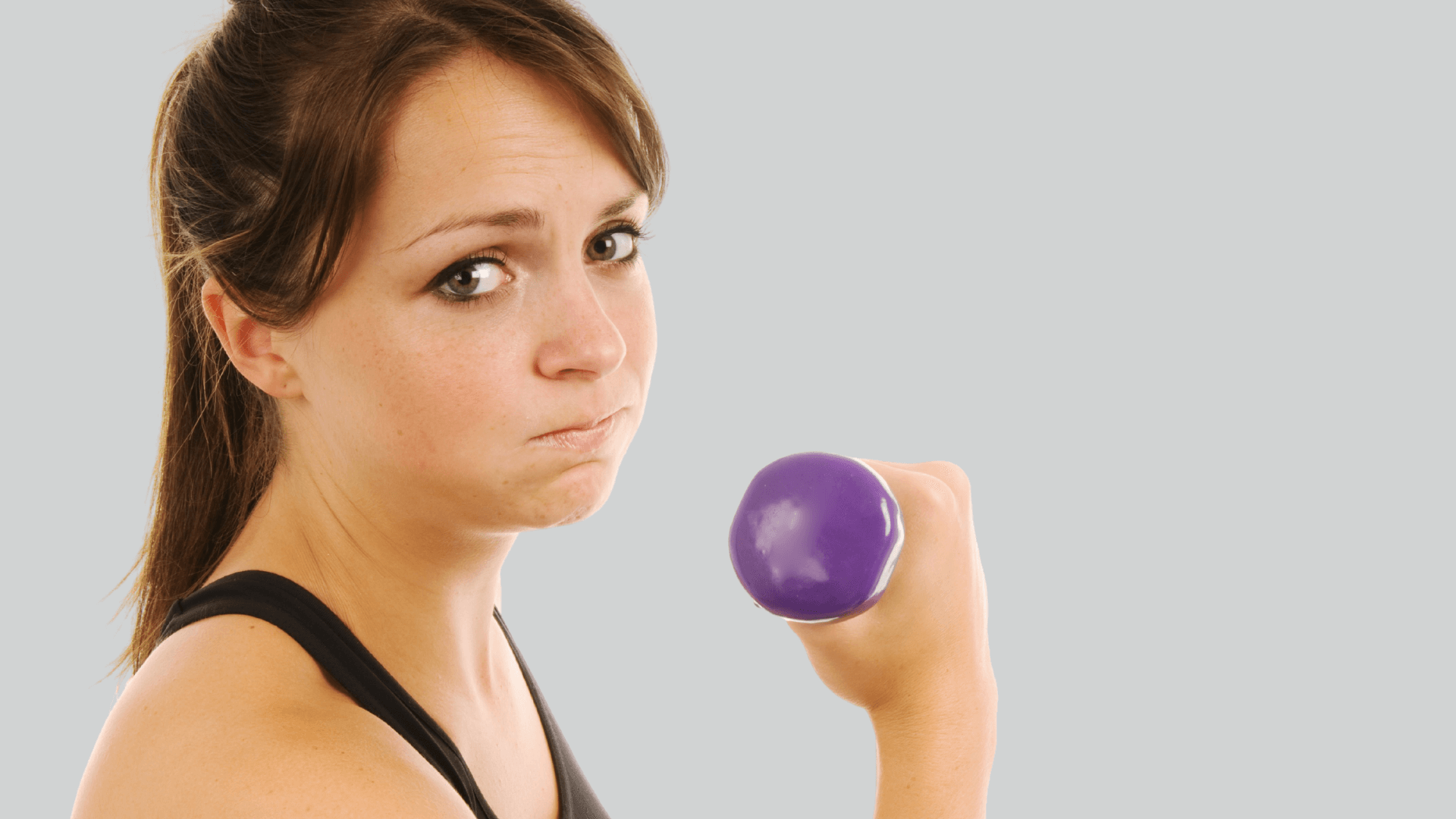Due to the coronavirus outbreak, millions of people after injuries and neurological diseases that need physical therapy are now stuck at home without access to physiotherapy facilities. This Guide aims to support people in need of therapy during quarantine and provide them with simple but effective advice on how to recover at home.
Find your personal goal
For many people, the main goal of therapy is “To return to normal”. This is great, we all want it. Identifying a broader purpose for being in good health is a great way to stay committed to your regimen. When you link your treatment to the kind of person you want to be, it can help you stay motivated for the long haul. Ride horses again, play piano, return to favourite fishing hobbies – these are all great goals. But.
The broad goal is sometimes far, and it is hard to measure it, feel it and fully understand it.
Setting smaller goals along the way can be very helpful, especially during home rehabilitation when it is very hard to measure your progress by yourself. Also putting your goals according to the SMART methodology can bring big benefits. This method is widely used for goal setting in business development. Why do you not use it in your rehabilitation process?

“Eat by myself in 2 weeks”, “play Moonlight Sonataon the piano till April”, “plant flowers without back pain next weekend” – these are all good examples of SMART goals. Specific, Measurable, Achievable, Relevant and Time-Bound. Try to find your meaningful intermediate goals.
Meet your match
One key to staying involved in your rehabilitation is to find the right physical therapist. She/he encourages you and motivates you. However, in the case of quarantine, the majority of people lose access to the personal therapist. Rehab facilities are closed and we also do not want to face the risk to get infected when leaving home.
Ask your therapist if she/he can spend time with you remotely. Some rehabilitation facilities are starting to offer telerehabilitation to keep in touch with patients. This might be special software solutions with dozens of useful functions including remote consultations, messaging, creating and updating your program etc. Raccoon.Recovery is a good sample. Of course, they can not fully replace personal visits but can cover the majority of physiotherapy tasks remotely.

If your therapist doesn’t have it, ask for regular tools. Email, Skype, Zoom, WhatsApp or any other messenger can be favourable and help with motivation.
If your access to the therapist is impossible, you can also find… your rehab body. Other people are experiencing situations that are similar to your own. Strike up a conversation with another patient in one of the patient communities online, and perhaps you will find that he or she can help to motivate you to stay involved in your rehabilitation.
Thanks to automation, digitized examination and remote monitoring of Raccoon.Recovery, physiotherapists save time that results in up to 150% revenue increase.
Add fun
Sometimes music can be a good motivator, so you can use music to stay motivated in physical therapy. Have you noticed that often there is music playing in the background in the physical therapy clinic? Choose your favourite track for exercising, and you will see how it can improve your mood and give a positive effect on rehabilitation.
Other people adore doing exercises while watching TV. This can also work well during coronavirus outbreak, especially with a lot of content available now for free – from movies to seminars.
According to dozens of scientists and physios, the best way to make rehabilitation funny is to gamify it. You can get one of home rehab solutions that hide boring exercises behind video games you play games by doing your exercises while camera or sensors track your body movements and translate them into commands in a game.
For example, Raccoon.Recovery developers have created a unique algorithm that allows you to connect your favourite game (from Tetris to Need for Speed) to the software and play it using prescribed movement. For non-gamers, of course, there are simple games that do not require any specific skills.
There are also non-technical ways to gamify your experience. For example, Sabina from Dresden competes with her rehab buddy from Berlin in order not to miss the daily exercises. Also, Ivan from Kyiv has put beads on his orthosis to turn his exercises for the wrist into a fun experience. Choose the way and the tool that works for you and you will be surprised that exercises you considered boring can bring fun!
Want to learn more? Read other articles on physical rehabilitation at home: How to do home exercises. Hands and arms and How to do home exercises. Legs and body.
We believe that these simple but effective tips will help you to improve home rehabilitation and successfully pass through the coronavirus period! Stay healthy, safe and happy!











